Why do modern movies no longer feel 'real'?

It's not uncommon to hear complaints that recent movies feel somewhat fake. Many blame digital cinematography, color grading, lighting, and computer graphics. Tom van der Linden, who runs the film review YouTube channel
Why Movies Just Don't Feel 'Real' Anymore - YouTube
Linden said that while digital cinematography and CGI certainly play a role in the perceived lack of realism in modern movies, that doesn't explain the underlying reasons why movies no longer feel realistic.

Just because a movie 'feels' real doesn't mean it's reality. As an audience, we understand that a movie is fictional. But even if the movie features dinosaurs and aliens, the audience can still perceptually perceive the world as real. Movies seem real because they stimulate the same perceptual mechanisms that allow us to construct reality.

Film researcher Stephen Prince states, 'A perceptually realistic image is one that corresponds to the structure of how the audience perceives and processes three-dimensional space.' When cues such as light, color, texture, movement, and sound are arranged in a hierarchical manner and match our understanding of reality, perceptual realism is achieved even if the image does not depict reality. In other words, the image feels real because it creates the illusion that we perceive the world in the same way as we normally do.
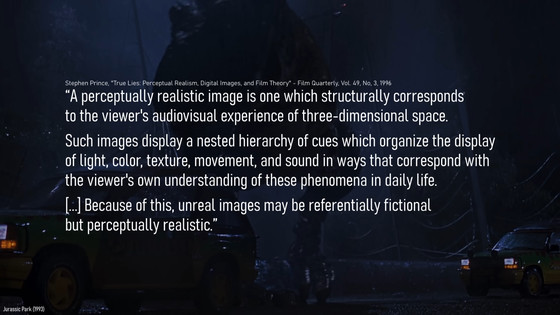
Linden says that while looking back at old movies, he noticed that many scenes were shot with a deep depth of field, with most of the screen in focus. In old movies, there are many shots that take in a wide range of the surrounding environment from a distance, allowing you to see the texture of the background and even faces in the distance. This type of imagery gives the audience a sense of the spatial expanse of the scene, creating a three-dimensional feeling as if they are actually standing there.
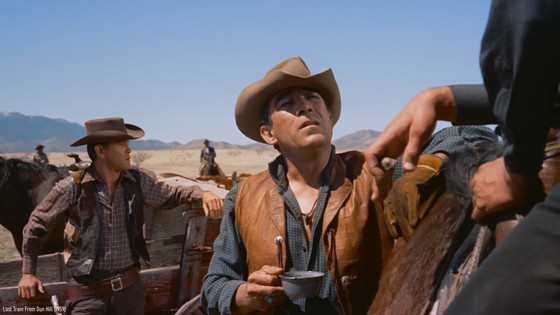
Film scholar Noel Carroll says that a composition with a deep depth of field 'is closer to how we perceive the world outside of a movie theater and feels more real.' This is a concept that emphasizes the form of how the audience interacts with the image rather than the content of the information on the screen. Therefore, Linden says that this discussion is separate from the old battle between film and digital photography.

In fact, films like

Of course, it's true that real locations and handmade sets contribute to realism. Shooting in places with real landscapes and a sense of substance creates a stronger sense of 'a living world' than relying on green screen footage. But, Linden says, 'Ultimately, it's a matter of form: how much of a tactile relationship the film can establish with the audience.'
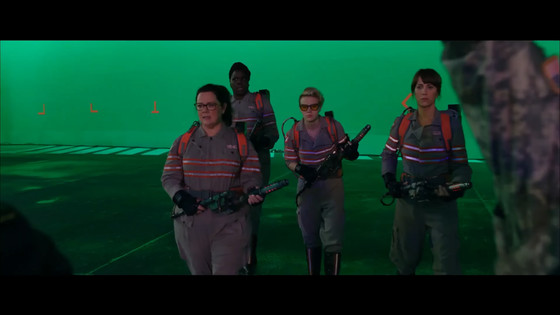
Linden gives the example of the scene in Avatar: Way of Water where the characters arrive at the Water People's village, praising the film, saying, 'No matter where you look on the screen, there's information, and you can see that the characters and the environment are seamlessly integrated.' By freely scanning every corner of the screen and capturing even unnoticed details with the edge of your perception, the world gains depth and the audience perceives it as real.

On the other hand, in

In essence, shallow depth of field and close-ups are techniques that have a strong effect, but if used carelessly, they can actually flatten the image. 'Ant-Man and the Wasp: Quantomania' is by no means an isolated example, and Linden points out that 'shallow depth of field + medium shot' has become the standard in many modern films.
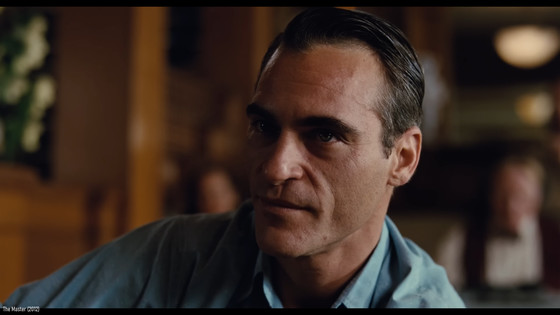
He also cited the 'eagle dive' scene in the film '

However, in the film, the movement of real bodies is buried under the CG smoke and color processing, and the audience's perception is unable to recognize it as 'real.' In other words, Linden pointed out that the essence of the problem lies in a lack of understanding of the essence of how movies should interact with the audience's perception.
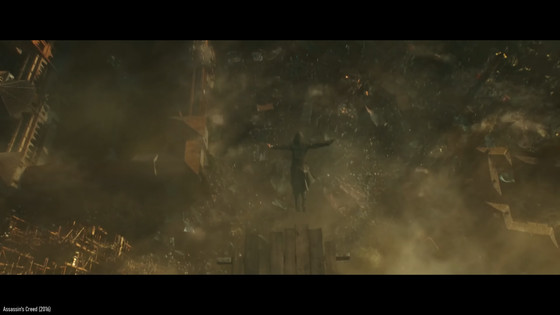
This brings us to another problem in modern film: shooting with the assumption that it will be
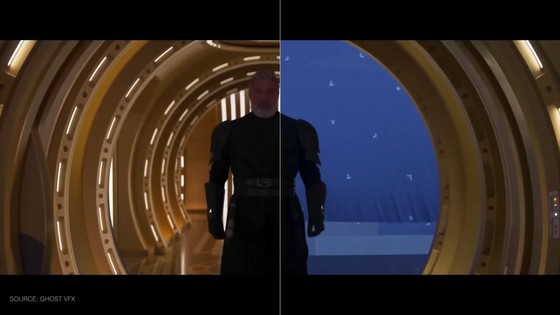
Linden introduces the concept of 'index' as one reason why filming with a preconceived notion of post-production can lose realism. Film images have a strong sense of reality due to the physical causal relationship of 'actual light being burned directly onto the film.' However, digital images convert light into data, so the 'traces of physical causality' are said to be weaker. That said, from the audience's perspective, film does not necessarily make something seem real, and digital does not necessarily make something seem fake. What's important is whether the image itself 'feels physical,' and there are digital works that make this possible.

Based on this discussion, Linden says that what's important isn't the physicality of the filming method, but whether there's a 'tangible materiality' in the image. From here, in order to gain a deeper understanding of the reality of film, he turns to the concept of 'tactile visuality' proposed by film scholar Laura U. Marks.
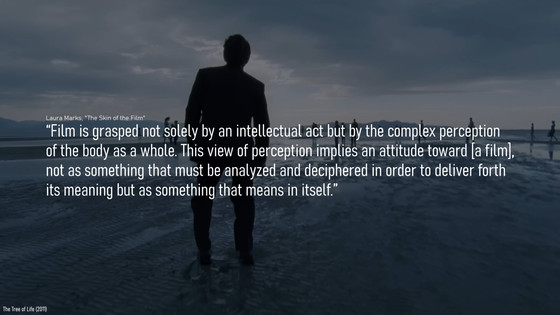
Marks stated that 'films not only stimulate our senses of sight and hearing, but also our senses of touch and body,' and proposed the concept of 'tactile visuality,' in which we perceive images as if we were touching them. This differs from ordinary visual perception, which only grasps depth, in that it is visual perception that allows us to sense textures and the feel of surfaces.
For example, shallow focus, extreme close-ups, and emphasis on the texture of fine details give the viewer a sense of 'touch.' In images with deep focus and rich environmental depictions, three-dimensionality and tactility enhance each other, allowing the viewer to imagine the textures of the wind, grass, water, and rocks and feel as if they are 'touching' them.
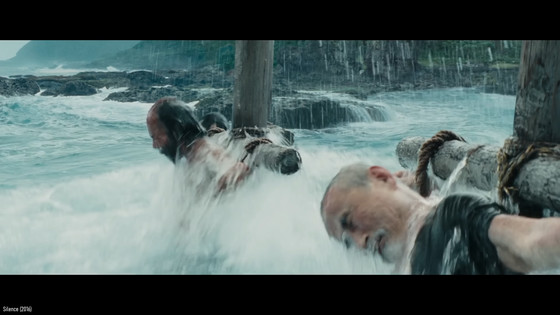
Natural elements such as fire, wind, rain, and water evoke particularly strong physical responses, allowing the audience to directly experience the physical presence of the environment. Touch is one of the first senses humans develop, and it is a fundamental way we understand the world and connect with others. Therefore, the tactile nature of a visual experience is directly related to immersion. Tactile images create a two-way relationship between the audience and the film.
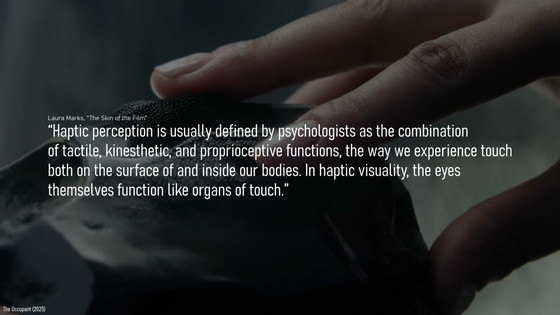
The discussion up to this point has only looked at one aspect of 'tactile texture.' Film can also deal with more abstract and subjective realities such as emotions, memories, dreams, fears, and physical reactions, and these are built up through a series of shots. Realities that are deeply connected to the human interior, such as childhood memories, fears, and feelings of loneliness, are built on a multi-layered construction of space, texture, sound, and light.

For example, dirt on the characters' faces and the shine of sweat help the audience understand not only the character's texture, but also their personality and inner thoughts.

Linden argues that the realism of a film is not achieved by a single shot alone, but by the organic interaction of all elements, such as the accumulation of shots, the continuity of texture and space, sound and art, and that the whole of these elements transports the audience into the world of the story and creates a sense of 'having truly experienced it.'

Ultimately, what we're looking for is a deeply immersive experience where the audience feels they've seen, touched, or experienced something meaningful. Linden argued that the degree to which a film's creative intent, aesthetics, and presentation are all consciously designed toward this goal will determine the film's realism.
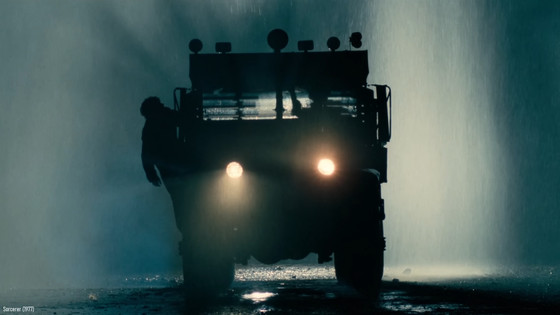
Related Posts:







